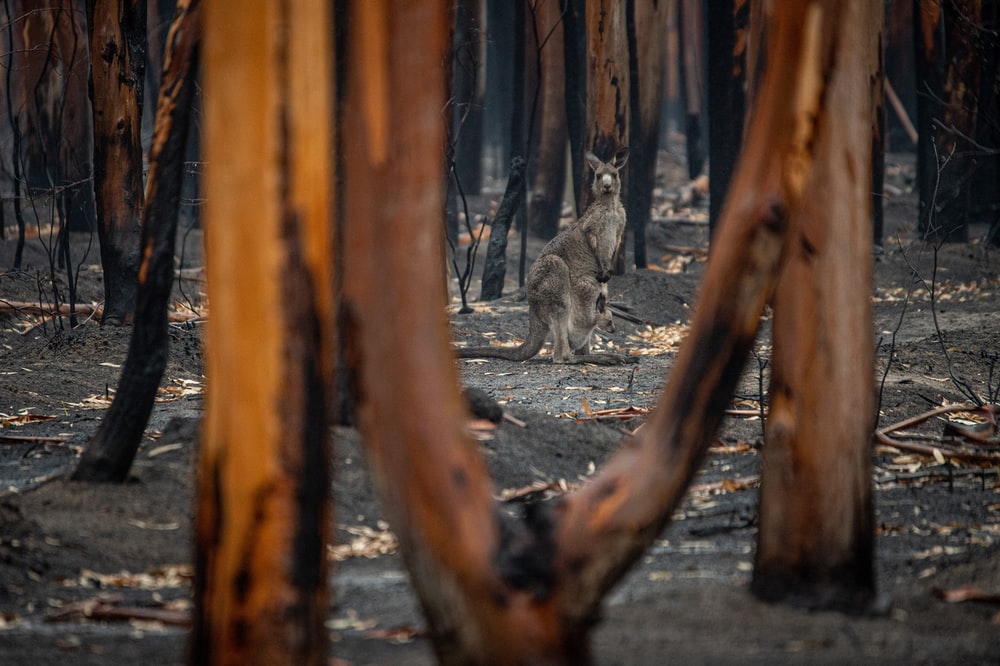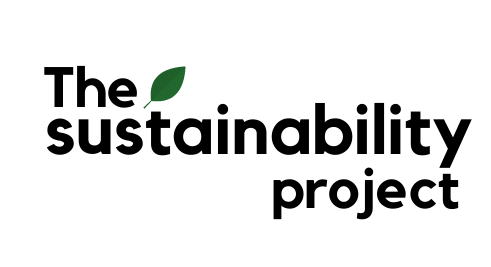When we say the term “climate change”, what is the first thought that you have?
For most of us, it is just about the Earth and nature. But, we don’t realise that climate change involves so much more than the environment. Climate change is also about marine life, animals and even people.
Truth is, climate change is experienced differently not just across countries and geographical locations. We are affected by our socio-economic status, ethnicity, gender, among others.
Today we are introducing the term – climate justice. Climate justice is about acknowledging and addressing climate change and action-related inequalities. There are varying definitions, but inequality is the fundamental core of climate justice.
What does this mean? It means that we need to do our part to tackle climate change not just purely for environmental reasons, but for ethical purposes as well.
How Inequality Ties In With Climate Change
Climate change is not just about the rising temperature of the planet, i.e global warming. It’s about erratic weather conditions, loss of natural habitats and livelihoods, pollution, and so much more. The scale of Earth’s human-caused environmental problems is widespread, and of course, unequal.

How exactly is it unequal, you might ask? These Huffington Post and BBC articles explain the various ways in which climate change affects different socio-economic groups. To cite a few examples:
– Poorer neighbourhoods, according to a US research, are more susceptible to heat-related ailments
– In countries where women are not given equal access to resources, they can be more vulnerable to climate change impacts with limited mobility and decision-making rights
– Lower income countries are estimated to spend 5 times more on debt repayment than on dealing with climate change
It was found that the “top 1% of income earners around the world, a group that includes 70 million people, account for 15% of [carbon] emissions — more than the 3.5 billion people in the bottom 50%”.
Inequality thus lies not only in how climate change is experienced and dealt with, but also who’s contributing to its decline. This is further complicated when we consider how green transitions may negatively impact vulnerable populations as well.
For instance, the EU’s move to ban palm oil, a controversial biofuel commonly associated with deforestation, drew concerns that the livelihoods of small farm owners will be devastated by the ban.
Climate justice fundamentally tells us that “the adverse impacts of a warming climate are not felt equitably among people”. In tackling climate change – even with the best intentions – we must exercise caution to understand how we impact different groups.
How Do We Achieve Climate Justice?
According to Asad Rehman, executive director of anti-poverty NGO War on Want, “[f]ixing the climate is only possible if we also fix all of the other inequalities that exist because not only does climate reinforce all those things, but it also amplifies them – and it’s an expression of those things.”

These are the 4 pillars of climate justice:
1.Distributive climate justice deal with how costs and benefits or social goods and ills are allocated spatially and temporally across society
2.Procedural climate justice is about processes for making decisions about the impacts of and responses to climate change that are fair, accountable, and transparent.
3.Recognition justice is closely related to both procedural and distributional justice, but focuses in particular on the recognition of difference as it relates to subaltern, indigenous and other marginalised groups who face cultural, sociopolitical marginalisation and discrimination
4.Intergenerational justice talks about sustainable development as the ability of current generations to meet their needs without compromising the ability of future generations to meet theirs
These may look like a bunch of jargon. But they are again, ultimately about the recognition of inequality in how climate change is experienced.
What Can You Do for Climate Justice?
These 4 pillars seem to refer to systems and policies. You can be a part of it as well – how so?
– Have honest and difficult conversations with yourself or people around you. Talk about how privilege and socio-economic position can affect the ways that you experience and deal with climate change. For instance, when the weather’s unbearably hot, does everybody get to turn on the air-conditioner in their bedrooms, if there’s even one in the first place?
Read more: Want To Have An Effective Climate Conversation. Here’s How!
– Choose what you support – every dollar is a vote towards what you stand for. It’s not easy to know what’s going on in the supply chain. However, try to find out as much as you can, then decide where your money should go.
– At the same time, look out for common greenwashing practices before you commit yourself to a product or brand, and call for transparency from business
– Most importantly, practise mindfulness and compassion towards yourself and others! The Earth is a shared habitat among people, animals and nature – work towards giving and sharing.
We hope that this discussion has inspired you to contribute towards sustainability and remember, no action is too small! While privilege is a touchy subject, the intention is not to guilt-trip anyone into thinking that they are perpetrators of climate injustice.
It is to encourage everyone to look both inwards and outwards, on how our individual choices can impact a complex network of Earth’s habitats, far beyond what we can probably ever imagine.

